2025 Winter Owls and Others with Special Guest, Scott Weidensaul
Winter Owls & Others
To Benefit Project SNOWstorm
5 Days - 5 Nights
The Great Lakes region of New York State
is a favorite wintering ground for Arctic breeding raptors and prime research territory for Project SNOWstorm.
Discover its secrets with one of the most important voices in avian research and conservation.
Bring your questions!
February 12 - 17, 2025
Special Guest:
Ornithologist, Author, Naturalist, and Co-Founder of Project SNOWstorm!
Scott Weidensaul
$3968.00 per person, double occupancy. ex-flights
$310. Single supplement - all costs in USD
Interested?
Contact us. Say SNOWstorm!
$500.00 of your ticket cost goes directly to Project SNOWstorm in YOUR name
You will receive a donation receipt in your name.
Limited to 8 Guests
Scott Weidensaul, co-founder of Project SNOWstorm with wild, banded Snowy Owl.Image by ©Chris DeSorbo
Why This Tour is Special
Special Guest, Scott Weidensaul!
Scott Weidensaul, renowned naturalist, author, and co-founder of Project SNOWstorm will join us on our journey to share secrets, knowledge, and stories about the magnificent Snowy Owl!
Tis the Season! The magnificent winter landscapes, from frozen grasslands to ice-frosted wetlands that surround Lake Ontario on both sides of the US / Canadian border, provide prime wintering grounds for many Arctic breeding raptors. We hope to view (and photograph) a wide range of raptors, including owls, hawks, harriers, shrikes, songbirds, and waterfowl.
Impact. Project SNOWstorm runs entirely on donations and volunteers. This is an unforgettable journey that does good!
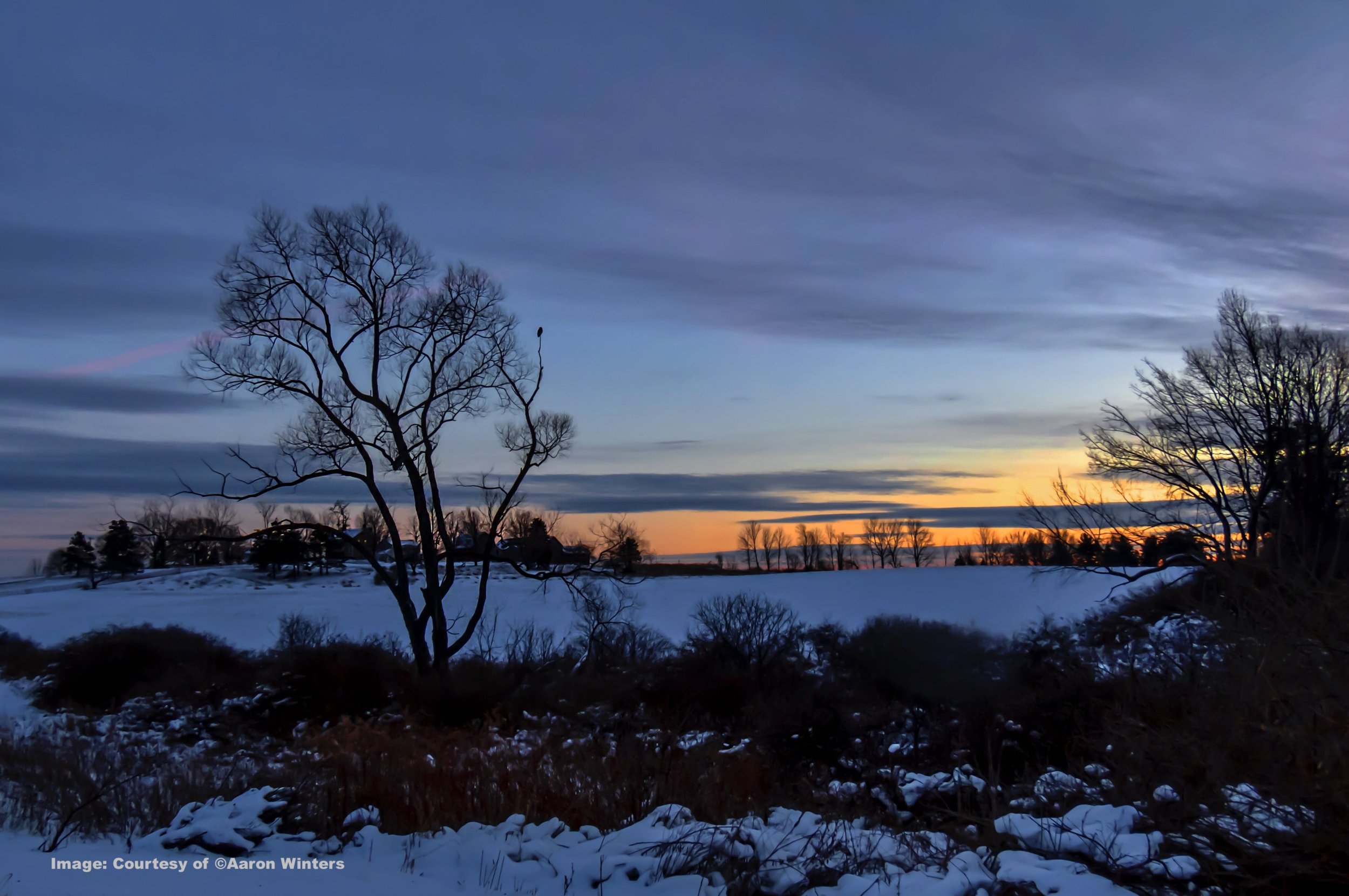
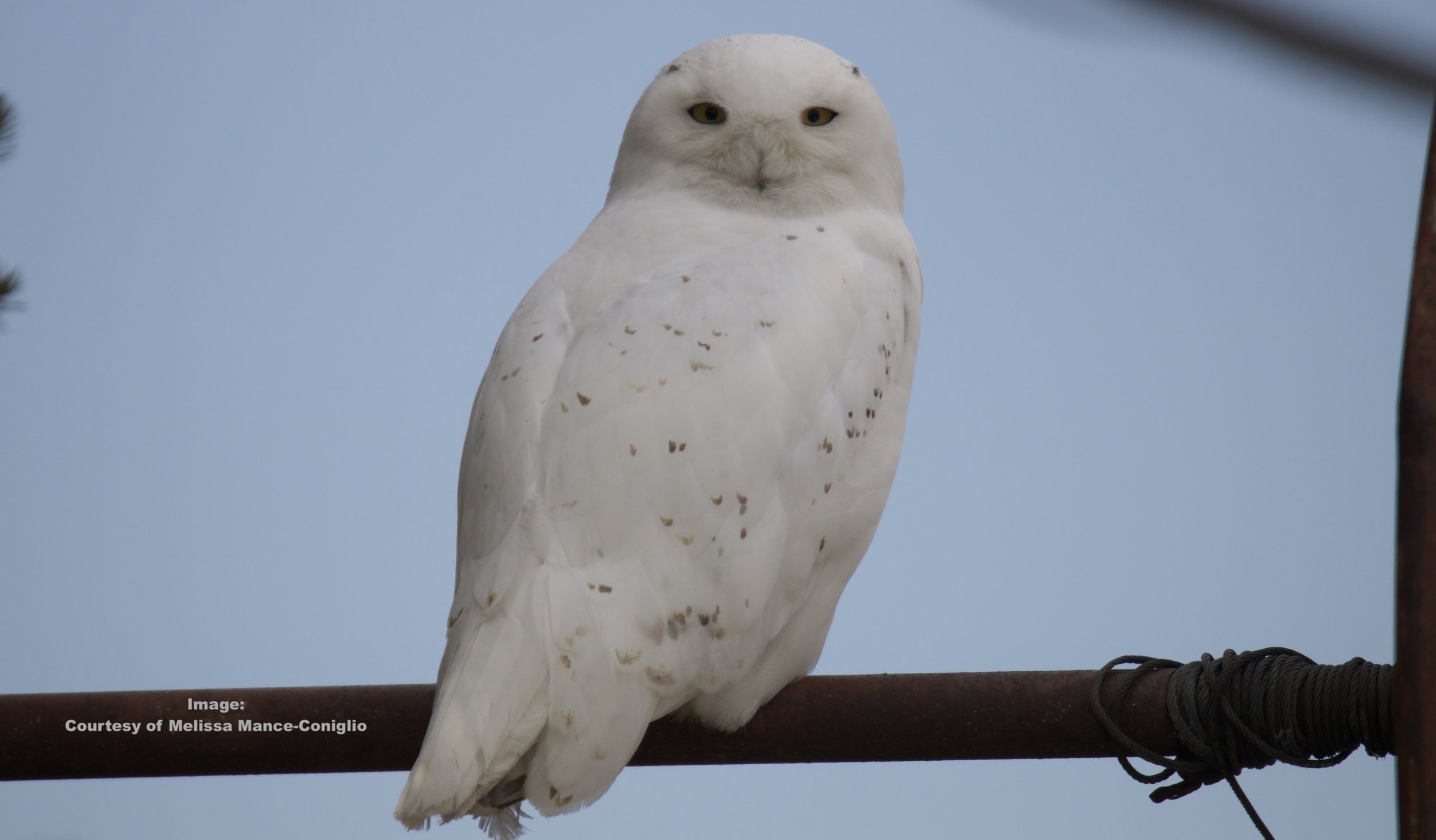
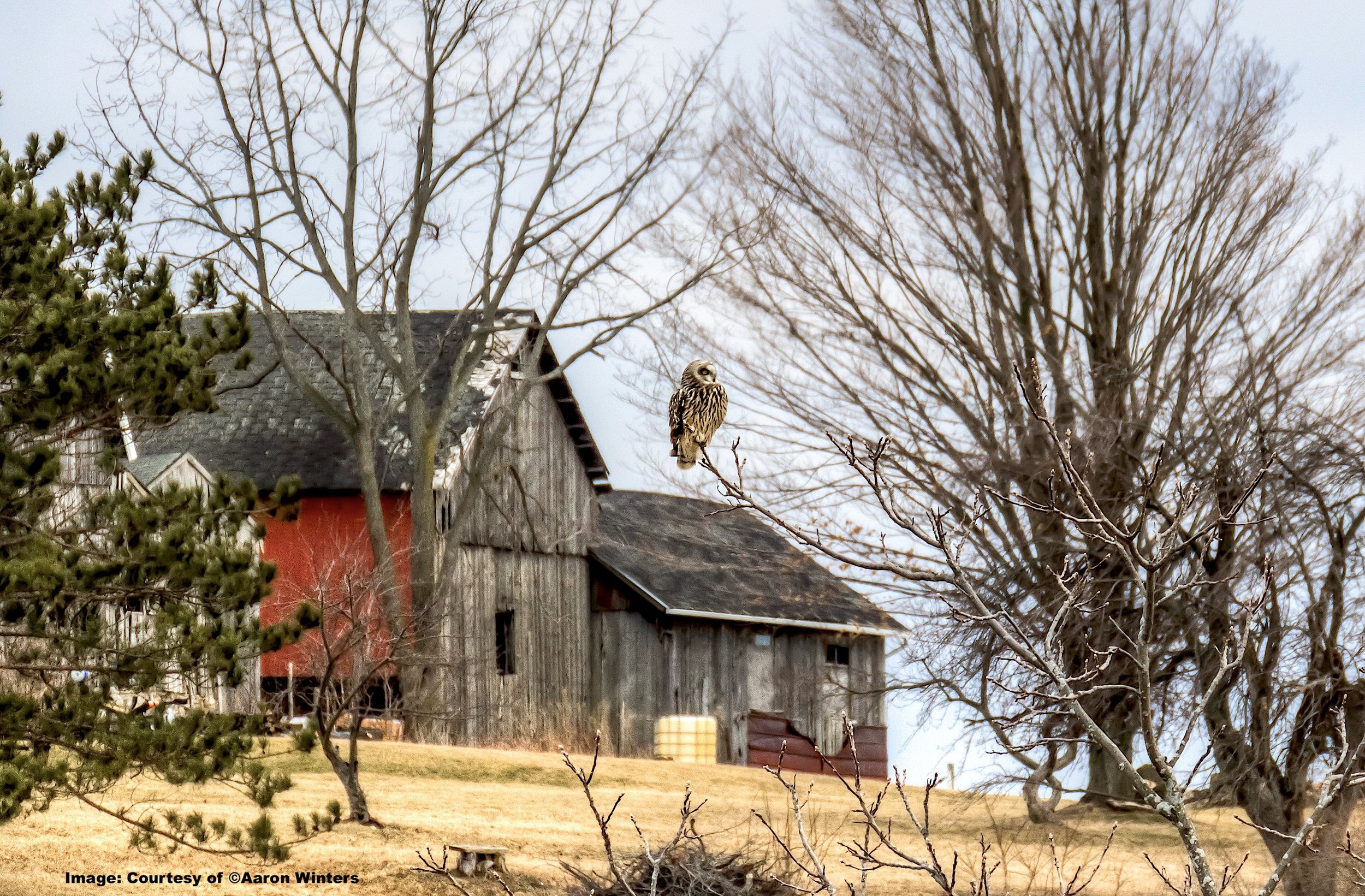
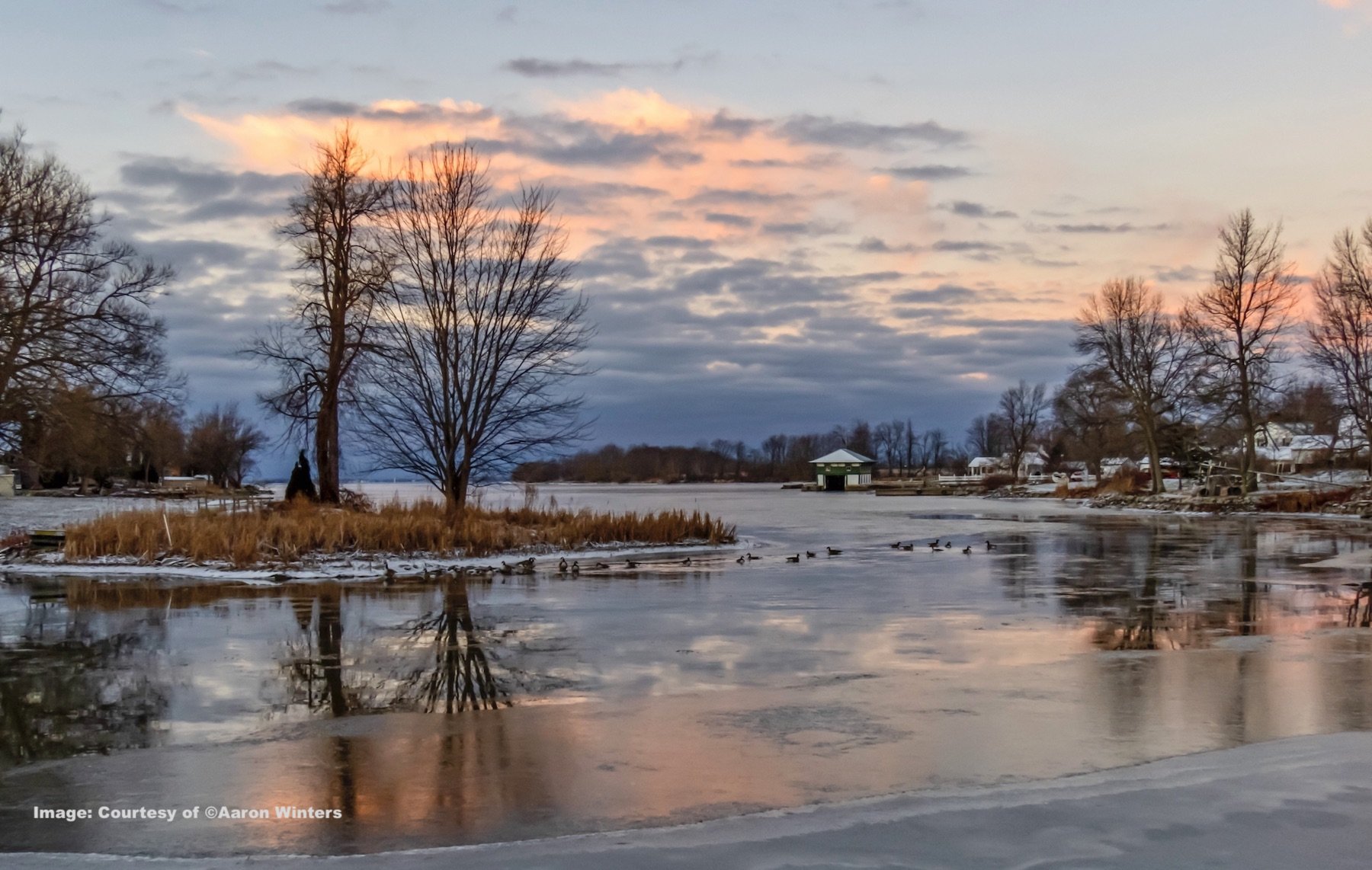
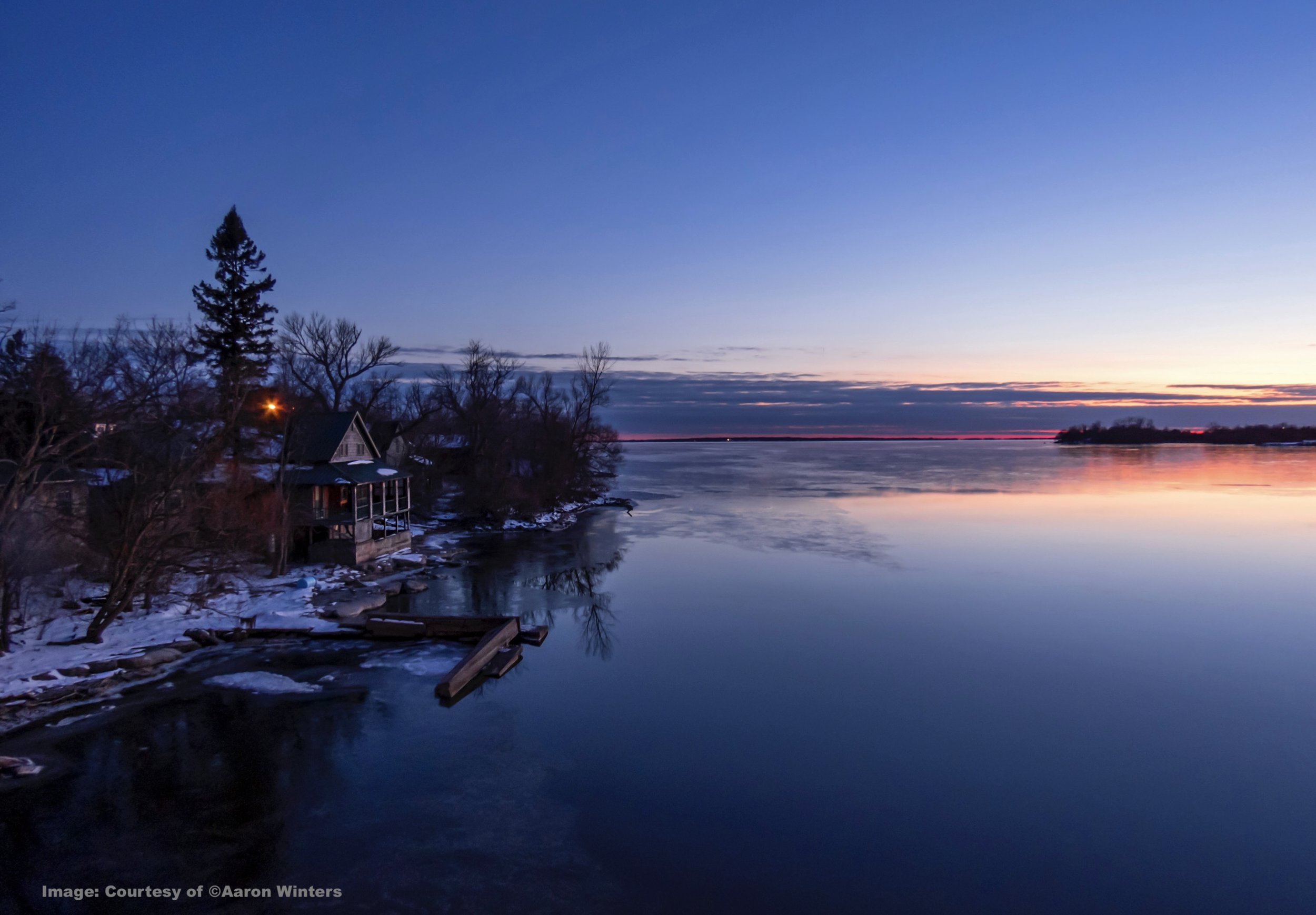

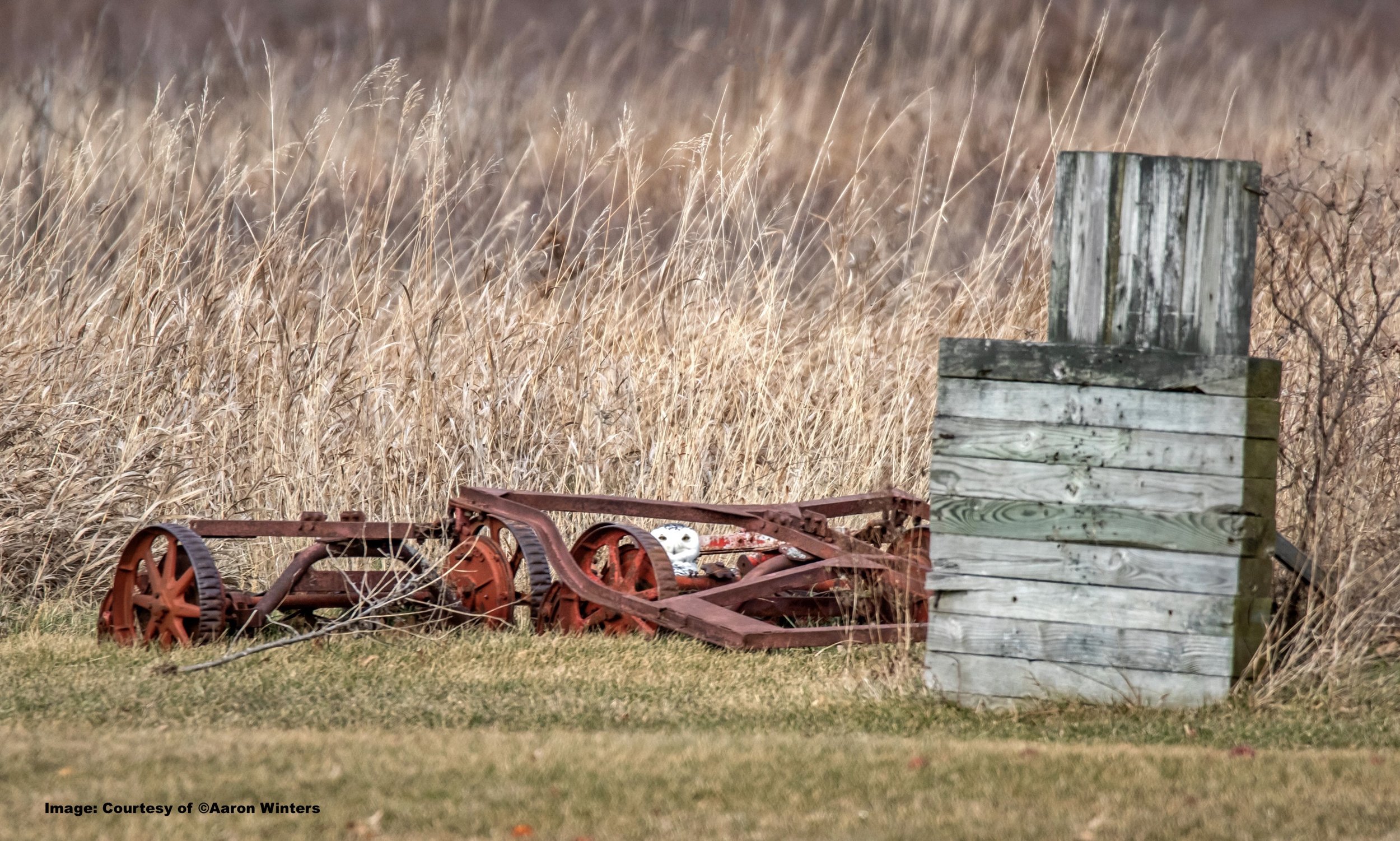
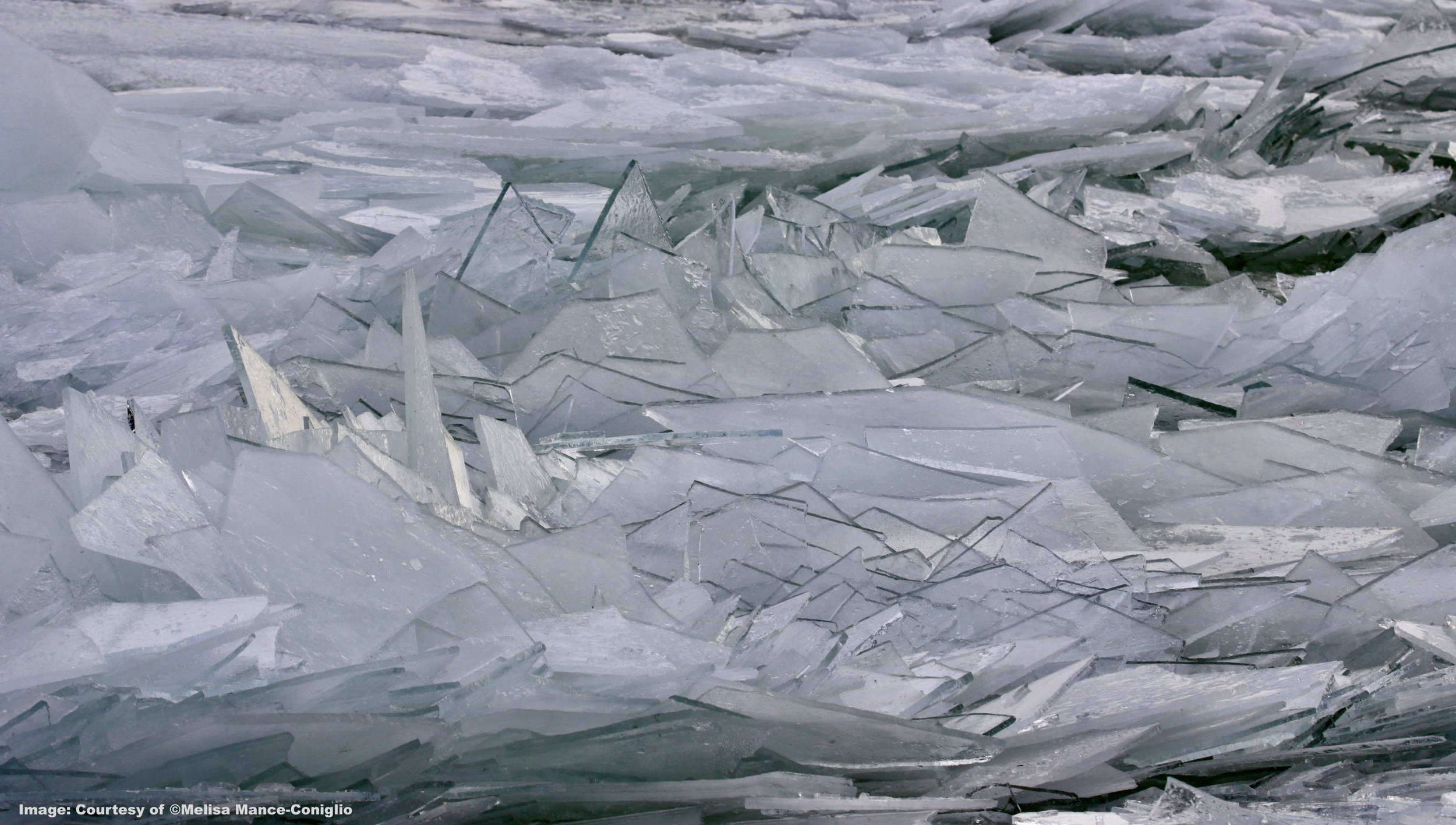
Detailed Itinerary
Detailed Itinerary
Snowy Owl at Point Peninsula. Image Courtesy of ©Melissa Mance-Coniglio
This tour is a little different from our other birding tours. Our daily itinerary is purposefully kept flexible for one reason—it allows us time to travel to locations that give us the best opportunities to find our target birds.
Don’t worry! Comfortable accommodations, a good meal, and great conversation about winter raptors and others await us at the end of every day!
We will begin and end in Syracuse, New York!
Day 0, (Feb 12, Wed)
Syracuse, New York
Welcome to Syracuse, Project SNOWstorm country!
January/February travel to upstate New York can present some winter weather concerns. Arriving on Day 0 early ensures that you will not miss the fun in case you encounter a winter storm or other travel delay.
We will have a welcome dinner together and prepare for our early morning start!
This is Project SNOWstorm country, but the birds drive the study - and so too our itinerary. Our purposefully flexible schedule allows us time to travel to locations that will give us the best opportunities to find our target birds. Each winter brings particular highlights, and we'll attempt to experience them all during our stay in these beautiful northern climes.
Dinner and Overnight in Syracuse
Day 1 (Feb, 13, Thursday) to Day 4 (Feb. 16, Saturday)
On Day 1, we will enjoy breakfast at the hotel. Our guide, expert birder, Kim Risen, will meet us at about 8:30 AM, and our adventure begins!
WELCOME Scott Weidensaul!
Northern Harrier Hawk. Image Courtesy of ©Aaron Winters
Sub-adult Bald Eagle surveying its territory. ©Courtesy of Aaron Winters
Scott Weidensaul will be with us all the way to share special insights and information from his decades of study of birds, habitats, and more!
During the next 4 days, we will go where the birds dictate.
These are a few of the places we will explore:
Montezuma Wildlife Refuge
GoFingerLakes, the Finger Lakes Land Trust describes the Montezuma Wildlife Refuge this way:
Before the Finger Lakes region was fully settled, there existed a vast wetland north of Cayuga Lake that extended nearly to Lake Ontario. It was commonly referred to as the “Montezuma Swamp,” but as industrial expansion and the construction of the Erie Canal worked their way across the region, nearly 70% of the wetland was drained and lost.
Presently, 50,000 acres of wetlands and related uplands, known as the Montezuma Wetland Complex, are being preserved and rebuilt by conservation groups in hopes of rehabilitating this vitally important habitat. The largest of the protected areas, over nine thousand acres, is the Montezuma National Wildlife Refuge (MNWR). Managed by the U.S. Fish and Wildlife Service, the refuge maintains numerous types of pools and ponds as well as field and scrublands that are preferred by hundreds of thousands of migratory birds.
The refuge, along with other protected areas within the Montezuma Wetland Complex, makes up one of the largest bird sanctuaries along the Atlantic Flyway in the northeast. The flyway is a migratory path that essentially follows the Atlantic Coast, starting in the Arctic islands and the coast of Greenland and extending down the coast over the Appalachian Mountain chain to the Gulf of Mexico and beyond.
In a sense, the refuge not only supports local habitats but also provides destination habitats as well. The crucial role it serves in global ecology is why it is recognized as an Important Bird Area (IBA) by the Audubon Society and as a Bird Conservation Area (BCA), by New York State. BCAs are a New York State program modeled after the Audubon’s IBA.
Cape Vincent and Point Peninsula, Ashland Flats WMA, and other areas around Jefferson County.
Snowy Owls face many dangers, living with landscape changes is one. Image: Courtesy of ©Arron Winters
Each Winter brings its own highlights, and we’ll attempt to experience them all during our stay in these beautiful northern climes. Several sites on Point Peninsula, located along an important bird migration corridor, offer a number of events that birders and photographers will find extraordinarily attractive. First, Point Peninsula is located may be one of the most critical wintering areas in the Northeastern United States for arctic and tundra breeding raptors—and daily numbers here can number in the hundreds! These higher concentrations of Rough-legged and Red-tailed Hawks, Northern Harriers, and Snowy, Long-eared, and Short-eared Owls are dependent upon the highly variable numbers of small mammals upon which they all feed.
We’ll explore grasslands, hayfields, and overgrown agricultural fields here, along the more than 2,000 acres of the Ashland Flats Wildlife Management Area and the surrounding towns of Lyme, Cape Vincent, and Clayton for these charismatic carnivores. We’ll be looking for pockets of these striking birds who are, in turn, searching these same areas for prey in the form of mice, voles, and other small mammals. Luckily for us, the situation is similar throughout the region, including the Canadian side of the river/Lake Ontario so we’ll have a full week to experience the wonder of Winter’s owls and raptors.
Other sites we may visit include the Point Peninsula Bird Conservation area, Perch River WMA, Chaumont Barrons, and Wellesley Island.
If The Winter Provides!
Kingston, Ontario - Amherst Island
(Remember your passport!) Canada's Amherst and Wolfe Islands, just short ferry rides from Kingston, offer a wide variety of habitats for owls, raptors, and other birds, including open fields, woodlots, wetlands, and open water with many bays and coves. We will keep our schedule flexible and follow the birds.
During the winter, Wolfe Island, especially the western part—which hosts higher populations of voles than the nearby mainland—attracts numerous hawks and owls (most notably Snowy Owls, Northern Harriers, and Rough-legged Hawks). This perfect combination of varied habitats and the attendant population of voles, mice, and other small mammals attract these avian predators to the Island.
Snowy and Short-eared Owls are generally present, in varying numbers, each winter. Significant numbers of Rough-legged and Red-tailed Hawks and Northern Harriers top the parade of raptors. Less commonly, we have found long-eared owls, northern hawks, and great gray owls here. More exotic species, including Mute Swan, Eurasian Wigeon, and Long-tailed Duck, have also appeared here during Winter.
We may travel to Lake Ontario's eastern end, visiting its northern and southern shores. Exploring nooks and crannies allows close appreciation of the simple beauty of the St. Lawrence River's ice kaleidoscopes along the snowy shoreline while we scan for ducks and gulls. We can expect to see Long-tailed Duck, Common Goldeneye, Red-breasted, and Common Mergansers, but we may also find waterfowl rarities such as Harlequin Duck and Barrow's Goldeneye.
On the Canadian side, Thousand Islands is one of Canada's oldest national parks and the first established east of the Canadian Rockies. It offers scenic views of unrivaled beauty. Rough-legged Hawks are one of North America's most strikingly marked buteos, and their plumage is perhaps the most variable. Admiring this high-arctic breeding raptor's incredible variety of plumages is one highlight of our Winter Raptor tour.
Additional raptor possibilities include Snowy Owl, Red-tailed Hawk, Peregrine Falcon, and, if lucky, Gyrfalcon. A typical collection of winter gulls could include Herring, Glaucous, Iceland, Great Black-backed Gull, and perhaps a rarity or two.
If the owls dictate that we visit here, we will over night in this lovely little town.
Day 5 (Feb. 17)
Birding determined by the Birds - and back to Syracuse.
After breakfast, we will have a final morning for our last birding outing before beginning our journey home. We have several options, for this morning's activity and will decide based primarily on the group's desires - and where we find the birds!
If we've done well on the owls and raptors or for any staked-out rarities in the area, we may search for other winter residents. If there is time, we will visit some of the open water areas near the city, where numbers of swans and waterfowl make perfect photography subjects before we head back to Syracuse.
Our tour ends in Syracuse about 4PM.
We will have a hotel ready, close to the airport, and are happy to arrange overnight stays for folks who would prefer to leave in the morning.
Shopping! Voles, mice and other rodents scampering under the frozen grasslands and farm fields offer a winter bounty that raptors depend on. Image Courtesy of ©Aaron Winters
Snowy owls (two!) getting ready for the hunt on Amherst Island, Lake Ontario, Canada. Image by ©Melissa Mance-Coniglio
Accommodations
Accommodations
At Destination: Wildlife, we strive to apply the principles of responsible, conservation tourism - travel that supports wildlife, habitats, and local communities. This implies a commitment to ensure your tourism dollars stay local, creating jobs and improving the livelihoods of those who live there. We use locally owned and operated accommodations, restaurants, and other providers for these reasons. But this commitment also ensures you receive the personal touch only a small business can provide while giving you a more authentic experience.
LODGING: We will stay in hotels near our birding/photography destinations, some are rather remote and not geared to luxury tourism. Our hotels are uniformly clean and comfortable with the standard hotel amenities (two bedded rooms, private bathroom facilities, hot water, phone, etc.).
Laundry Service: Laundry service will be available at the guest laundry of most of our hotels during your visit, barring unforeseen circumstances such as mechanical or electrical failure. However, their hours of operation and our schedule may not allow us to take advantage of laundry service. Items that can be washed in your room’s sink and hung to dry overnight are always a good idea.
Electricity: As in the rest of the United States, electricity in New York and Ontario is sixty-cycle alternating current. A short extension cord might be a good idea if you have items that you need to recharge at night, as plug-ins around your hotel room may not be plentiful or convenient. Also, a three-prong to two-prong adaptor is a good idea in the event that your room’s outlets are limited to one outlet style or the other.
WiFi and Internet Service: Some areas are remote and there may not be WiFi or internet access all or part of the day in the field or at some lodging.
Tour Information
Tour Information
Dates
February 12 - 17, 2024
Start and End Point
The tour begins and ends in Syracuse, New York
The frozen beauty of Lake Ontario . Image: Courtesy of ©Rebecca McCabe
Limited to 8 Guests. The group size is limited to 8 guests plus a tour leader and local expert guide. Our smaller group means more interaction with our guides and guests, accommodation flexibility, and ground travel choices. In all, the small group size can provide for a richer personal experience.
Price
$3968.00 per person, double occupancy excluding flights.
► Price does not include airfare or other to or from Syracuse, New York.
► There is a single-room supplement of $310.
► A 50% deposit holds your place
►2nd 50% due October 15th, 2024
►To reserve your spot, please call Roberta at 908-656-4016 or contact us
Included:
► Tour Price Includes: Accommodations (5 nights), services of a trip leader and professional local guides when appropriate, entrance into all reserves and parks, private transportation, all meals from dinner on Day 0 through lunch on Day 5, snacks during the excursions, airport transfers on Day 0 and Day 5. A hotel shuttle is also available.
► Donation: A $500 donation to Project SNOWstorm is included in the price of the tour. You will receive a receipt in your name, this donation is tax deductible for US residents.
Not Included:
► Travel to or from Syracuse, New York, beverages, gratuities, passport, and visa fees if required, items of a personal nature (phone calls, laundry and internet, etc.), airline baggage fees, airport and departure taxes, travel protection, and medical evacuation insurance.
Cancellation Policy
Please see here for our cancellation policy
Travel Insurance
All Destination: Wildlife tour guests must have a minimum level of travel insurance coverage for medical emergencies. We highly recommend comprehensive travel protection for your tour. Those who choose not to purchase travel insurance must sign a separate travel insurance waiver release prior to departure.
Important note: Most travel insurance does not cover preexisting conditions unless purchased within 14 days (of the initial deposit and 7 days for some carriers). We highly recommend purchasing your travel insurance immediately after making a deposit.
Please contact us if you need assistance.
Visas and Passports
Canada requires a valid passport with one open page for entry. At this time, a visa is not required for U.S. passport holders who plan to visit Canada for tourism or informal business meetings for fewer than 180 days per calendar year. Please Note: Anyone with a past criminal record is not allowed into Canada.
Getting There and Back
Arrival: Guests should arrive in Syracuse on Day 0, February 12, 2025 (your overnight hotel is included in your ticket cost). Guests arriving on Feb.13th must be at the hotel before 8 AM. There is no discount for arriving on the 13th.
Our guide will pick up guests at the designated hotel in Syracuse at 8:30 AM on February 13th. Guests arriving after 8:30 AM on February 13, 2025, risk forfeiting the trip. Please see here for our cancellation policy We strongly recommend trip insurance.
Departure: The tour ends February 17, 2025 at about 4 PM in Syracuse, New York. Guests will be dropped off at the airport for an evening flight home. Or overnight in Syracuse and depart in the morning by hotel shuttle or other. If you would like to stay the night, we will organize a hotel room near the airport. Please let us know.
Need help with transportation or hotel rooms? Just ask.
Need to Know
Need to Know
Physical Requirements:
Low. This is generally a low-activity trip. We will be driving to our locations. Much of the habitat is privately owned, and we will be birding from the roadside.
Birding and photography during the region's winter season involve early starts, with predawn breakfasts at our hotel. Luckily, we will be far enough north that the sun will not rise until about after 7AM during our tour!
A few mornings may have predawn drives of up to an hour for our first birding areas.
Scanning for owls. Image: Courtesy of ©Rebecca McCabe
Our emphasis is on seeing all of the unique birds found in the areas we visit, and will cover most of the Eastern Lake Ontario Region. The few longer drives between some birding stops offer convenient 'nap time' and are broken up by birding breaks or meals so that they shouldn't prove to be too difficult—for the drivers OR participants!
Please note: There WILL be situations where the leader(s) will ask the group to walk to the birding site. You should be in reasonable physical condition and able to walk up to a half mile at a time—at a birding pace—over flat terrain.
As each day may have a bitter cold, fog, snow or rain, and an oft-present wind—or any combination of these—much of our birding is done from the comfort of our vehicles. The snow-covered terrain makes walking off roadways difficult. Consequently, most out-of-vehicle birding will be along plowed roads, walkable paths, or packed trails, almost always near our vehicles. Any walks through the snow are short and always at your option to participate. As you might expect, we will spend much more time in the vehicle than on most tours.
Our travel will be in a van or SUV with window seats for everyone! This ensures there are no problems with space or comfortable riding for the duration of the tour.
The roads we travel vary significantly in condition. From paved and 'highway-like' to dirt/rocky tracks through the northern boreal forest, that will seem more like bumps atop bumps when traveling in remote inland locations. Thankfully, these latter drives are not long and shouldn't pose a problem—to our vehicles or spines! Access roads to some forest areas can change significantly from month to month and year to year, depending upon logging activity, but we'll be prepared for almost anything.
Health
Travel within the US and Canada is relatively straightforward. As always, when traveling, if receiving treatment via prescription or over-the-counter medication, be sure to bring a supply that will see you safely through your tour travels.
Pack all medication in your carry-on baggage in their original containers. Airline baggage restrictions often change with little or no warning, so please check with your airline in the weeks before departure.
Standard travel precautions dictate that you should always be up to date with your MMR and Tetanus shots, and we encourage all travelers to receive vaccinations as recommended by the CDC.
Generally, birding during a northern winter poses no major health risks. The most common problems on this tour arise from clients not being prepared for the cold and wind. Warm, waterproof clothing and sturdy waterproof boots are essential gear. By dressing appropriately, you'll find the northern winter surprisingly manageable. You'll not only stay warm and dry, you'll be comfortable! Please review our recommended packing list. A wealth of general health information for travelers can be found at the US Centers for Disease Control and Prevention (CDC) in Atlanta, GA., the CDC website at: www.cdc.gov/travel
Please Note:
It is ILLEGAL to enter Canada with cannabis. We do not allow our guests to travel with cannabis in any form. No gummies, no sleep aids or pain relievers, no supplements - NO CANNABIS. PERIOD. Violators will be required to leave the group at their own expense. There are no refunds for substance or other violations of Canadian or US law.
Climate:
Lake Ontario. Image Courtesy of ©Rebecca McCabe
As one might expect, the Winter season on the margins of Lake Ontario has a few climatic challenges!
►Average Temperatures: Statistically, the region's average temperatures for January are a low of 7ºF and a high of 22ºF.
Typical HIGH temperatures in the region in January are in the single digits to upper teens, generally a few degrees colder in the more inland locations.
Typical LOW temperatures fall into the single digits, generally a few degrees lower inland.
Uncommon Highs: Temperatures may rise into the 30'sºF.
Uncommon Lows: Temperatures can plunge well below zero. On rare occasions, daytime highs' may remain below zero in the more northern points on our itinerary. In open areas, wind can blow snow into deep drifts, and wind-chill factors (the cooling effect making temperatures appear lower) are a concern. When the wind is blowing, and it can blow rather strongly at times, wind-chills in the -20ºF to -40ºF are not uncommon.
Luckily, closed, heavily forested areas significantly reduce the effects of wind. Expect snow at any time. And while the boreal forest region does get its share of snow, storms severe enough to prevent us from birding are rare—in 40+ years of leading tours in the Great Lakes Region, we've yet to miss even a single day of birding!
Road workers are experienced and capable, so even secondary and side roads are quickly plowed, sanded, and salted. You WILL encounter wind, fog, snow, and ice during your visit. All occur frequently, sometimes in rapidly changing combinations or even at once! But, unless conditions become extremely windy, most participants should be able to handle a typical birding day with little discomfort, as much of our birding will be from (or very near) the vehicle.
Currency:
Remember, your essential expenses during the tour are covered, including your meals. However, you will almost certainly want cash for gift and items of a personal nature, tips, meals not covered by the itinerary, or liquor and beverages not included with meals. ATMs are available in most of the cities in the area, and credit cards are widely accepted. When in Canada, the currency is Canadian, not US dollars. You can change some money at a bank or ATM or use your credit card.
As with all travel, keep your currency and identification/passport on your person at all times.
TIME:
Our tour route lies entirely within the Eastern Time Zone.
Meals
Most dietary restrictions (plant-based diets, gluten-free, etc.) can be accommodated at the hotels and lodges, however, we will be spending time in smaller villages that may not have the food choices of larger metropolises. We recommend packing personal snacks if you have dietary restrictions or allergies. Please inform us of any dietary requirements due to serious medical conditions or strict personal restrictions.
Lunch options may be box lunches picnic style when far from 'civilization', or, when available, at conveniently located mom-and-pop cafes or sandwich shops.
Because the sun sets quite early this far north—generally around 5:00 PM—our birding days are not long. Dinner is by far our most relaxing meal of the day, usually at a restaurant close to our hotel, often beginning with a social/cocktail hour as we review the day's adventures and photographs and complete a checklist of our sightings.
Responsible Photography:
Photographers are welcome but are expected to follow responsible wildlife photography etiquette and guidelines.
We DO NOT chase, flush, or bait birds. Period.
Bring the longest lens you have, look into renting one if you do not have one for the trip. A startled bird uses up the precious energy necessary for survival in these harsh conditions. We will stay well back in order not to disturb them. Binoculars are a must - and for good photography, you will need a long lens.
Additionally, birds do not pay attention to property lines, but we humans must. Regardless of the excitement of a finding a particular species, respect for the property owner is of paramount concern. Different property owners have different tolerances. We will respect each individual’s wishes.
And please remember that this is a bird “watching” tour first and foremost. The scenery, activities, culture, people, and birds we visit & witness will be highly memorable. Landscape, people, and memory shots will be relatively simple to take, serious bird photography is a different matter. You will bring back unforgettable images in your heart - and if the conditions are correct, and you have sufficient lenses, we hope that you bring home a few on “film,” too.
Bring your film/memory media with you, as it may be difficult, if not impossible, to find your particular brand once we arrive.
We always recommend precautionary measures to protect your equipment; moisture and dust-proof bags are a good idea. We do spend time watching feeders and food sources that can offer exceptional bird photography. Please let us know if you have any questions about photographing birds in winter. Our tour leader will be happy to help you.
SMOKING:
Smoking and vaping are prohibited while in the vehicles or close quarters with the group, such as during mealtime, while doing the checklist, or at group meetings. If you share a room with a nonsmoker, smoking and vaping are not allowed in the room. While in the field, we ask that you smoke away from the group, preferably downwind. Please note that in New York, smoking is NOT allowed in most public areas, including virtually all hotels, cafes, restaurants, and bars.
Packing and Notes
Packing List and Notes from our Team Leader
The weather in the Lake Ontario Region in January and February is notoriously unpredictable. It can be VERY cold. Expect deep snow, and most areas will be frozen solid—with only fast-moving rivers and Lake Ontario still containing open water. While much of our birding will be from a heated vehicle, the best weapon in your arsenal against cold is dressing in layers. It's your most advantageous defense against unpredictable weather.
► OUTER LAYERS of clothing should—at a minimum—fit loosely over your various inner layers. The air space between your layers provides warming insulation, so the tighter your clothing fits, the faster you'll get cold. You'll never regret erring on the large side with your winter clothing. Cold-weather gear is ESSENTIAL and should include
1. Thermal underwear (both tops and bottoms), long-sleeved shirt (I like a turtleneck),
2. Fleece, sweater, or sweatshirt - a fleece is best.
3. Heavy 'winter' coat or jacket. Rain and windproof is optimal.
4. Snow pants or wool pants. Lacking either, bring pants constructed of the heaviest material you have.
Note: Jeans easily become wet/frozen and are slow to dry; they are not your best choice.
Notes: I've found that medium-weight wool or similar synthetics like polar fleece for shirts and sweaters work best. If you chill easily, add another layer or increase the weight of your outermost layer. Wool is a good idea if you can wear it because it retains its insulating properties even when wet; it should be your material of choice for caps, mittens, socks, and pants. Heavy wool or synthetic snow pants over light sweatpants or thermal underwear work best.
► EXTREMITIES — hands/fingers, head, facial features, and feet/toes—are particularly vulnerable to cold temps and wind. To be most prepared, bring:
5. Warm cap and scarf (I use a neck gaiter) to cover your ears, head, and neck.
6. Balaclava: Anyone particularly sensitive to cold might consider wearing a balaclava. This formfitting hood fits over your head and face with cutouts for eyes and a slitted covering for your nose.
7. Hands: Mittens work better than gloves to keep your hands warm. However, they do restrict the use of your hands.
8. Socks: Heavy wool (or synthetic equivalent) socks.
9. Footwear: Insulated, waterproof footwear will help keep you comfortable in the field.
We strongly recommend bringing insulated boots; those with felt liners work particularly well (Sorel and LaCrosse brands are my favorites), as opposed to leather hiking or work boots.
Notes: Boot Fit: It's essential that your boots fit loose enough to accommodate your feet while wearing heavy socks—wool is preferred. I cannot stress enough how important it is that your feet do NOT fit tightly within your boots. While I find that 'Gore-tex' hiking boots work well for me, please keep in mind that I live in Minnesota and am used to cold, wet, and snow! I promise they will NOT keep YOUR feet warm under typical winter conditions.
►THINGS I DON’T LEAVE HOME WITHOUT
10. Emergency Kit: Cipro and Immodium for "traveler's stomach," Band-Aids, hydrocortisone cream and anti-fungal ointment.
11. Cash. I prefer to carry a small amount of cash for tips or personal purchases. I keep my credit cards and identification on my person at all times. ATM machines should be available.
12. Sunscreen is critical if it is sunny even in very cold weather. Bring it.
13. Extra batteries for anything that uses them.
14. Sunglasses, an extra pair of eyeglasses, and anti-fogging cloth/spray.
►OTHER STUFF I travel with:
15. Binocular rain guard,
16. Sink stopper
17. Various-sized waterproof bags (to keep books and TP dry),
18. Bandanna
19. Notebook and pencil
20. Big waterproof bag for dirty boots
21. Ear plugs, and ventilated toothbrush holder
Note: Do not plan on buying supplies such as sunscreen, memory media, batteries, etc. Bring plenty. Keep in mind that this region is a remote country. Our itinerary is subject to change based on the idiosyncratic nature of birds, weather, and transportation. Expect things to be different, and enjoy the differences!
Equipment - Don’t forget your:
✓ Binoculars!
✓ A daypack is handy for carrying your books, sunscreen, and smaller items—put your name on it.
✓ An alarm clock is essential—you don't want to miss those precious morning birding hours!
✓ Camera
✓ Lenses - the longest you have
✓ Memory Cards and Batteries
* Scope The leaders will have a superb spotting scope for the group's use, but if you have one and wish to use it, please feel free to bring it along.
Experienced traveler's tip: It's always a good idea to pack your binoculars, your camera, a change of clothing, toiletry items, prescription medications, and travel documents in your carry-on luggage in the event your checked baggage is delayed or lost.
LUGGAGE:
✓ Bring what you need but please consider the usefulness of each item.
✓ Soft-sided luggage is preferred as it is more easily handled or loaded into vans.
✓ Weight: Please do not bring excessively heavy bags. If you cannot lift your bag, consider two lighter bags instead.
✓ Tag it! Remember to attach an identification tag to the outside of your bags and insert a similar tag inside each piece of luggage.
If you travel a great deal, you know all this already—but it's worth reviewing.
This Snowy Owl seems unbothered by the frozen conditions of its Arctic home. We visitors, however, best make good use of the tour packing list! Image: Thanks to Jean Hall and Project SNOWstorm.
Making a Difference
How Your Trip Makes A Difference
This tour directly supports the following conservation organization:
Project SNOWstorm
About Project SNOWStorm in their own words:
“Project SNOWstorm was launched in 2013 and is now one of the world's largest collaborative research projects focusing on Snowy Owls. It is staffed by a largely volunteer team of scientists, banders, and wildlife veterinarians. We are funded entirely by tax-deductible donations from the public.”
Scott Weidensaul is co-founder of Project SNOWstorm, This is from his letter welcoming supporters to the new 2023-2024 season of Snowy Owl research:
This will be Project SNOWstorm’s 11th season of snowy owl research as we wait for previously transmittered birds to come back south in the weeks ahead and look toward tracking new owls this winter, each of which will add to our rapidly growing understanding of this species’ winter ecology. But there’s also been a lot of work going on in the so-called off-season, too, and we’re anxious to share more about that with you in the weeks ahead. In the meantime, there’s a summary here of what we’ve been up to.
As has been the case from its start in December 2013, SNOWstorm remains funded entirely by donations from the public (tax-deductible for U.S. taxpayers; apologies to our many Canadian friends). And as has also been the case from the beginning, no one on the SNOWstorm team takes any kind of salary or stipend — we’re all volunteers here, so all the funds we raise go directly into the field or the lab, covering the costs of transmitters, GSM data fees or satellite time for the data transmission, toxicology and other lab analysis, and covering basic expenses like fuel, food and lodging for our collaborators when they’re in the field trapping for us. Read more
Why Project SNOWstorm?
“Project SNOWstorm's tracking work represents the largest and most diverse set of winter movement data for snowy owls anywhere in the world, and we're drilling down into it to see what it reveals about these Arctic migrants, the habitats they use, and how best to protect and conserve them.
We continue to publish a stream of peer-reviewed scientific articles based on our research, so our findings inform the wider conservation of snowy owls, in such prestigious international journals as Nature, Ornithology, Oecologia and Ibis, on subjects ranging from the winter survival of immature snowy owls; factors associated with the return of translocated owls to airports; whether snowy owls migrating north in spring use stopover periods to sample potential breeding sites; and the influence of landscape cover versus social dominance on snowy owl movement patterns.
We provided significant support for the post-doctoral work of Dr. Rebecca McCabe as she, with our colleagues in the International Snowy Owl Working Group, completed a global status assessment of snowy owl populations worldwide -- the first time such an effort has been made, and a critical step in determining conservation action for this species. This assessment is currently in peer review pending publication.” read more
And a BIG Note of Thanks!!
A BIG THANK YOU to the photographer Aaron Winters, teacher and artist Melissa Mance-Coniglio, and Rebecca McCabe, a research biologist at Hawk Mountain Sanctuary and core Project SNOWstorm team member, for generously allowing us to use their wonderful photography.
Want to know more about Project SNOWstorm? Read: How the Aftermath of an Owl Invasion Became a SNOWstorm by Scott Weidensaul
The Winter Owls and Others are waiting for you. Let’s Go! Image: Courtesy of ©Aaron Winters


